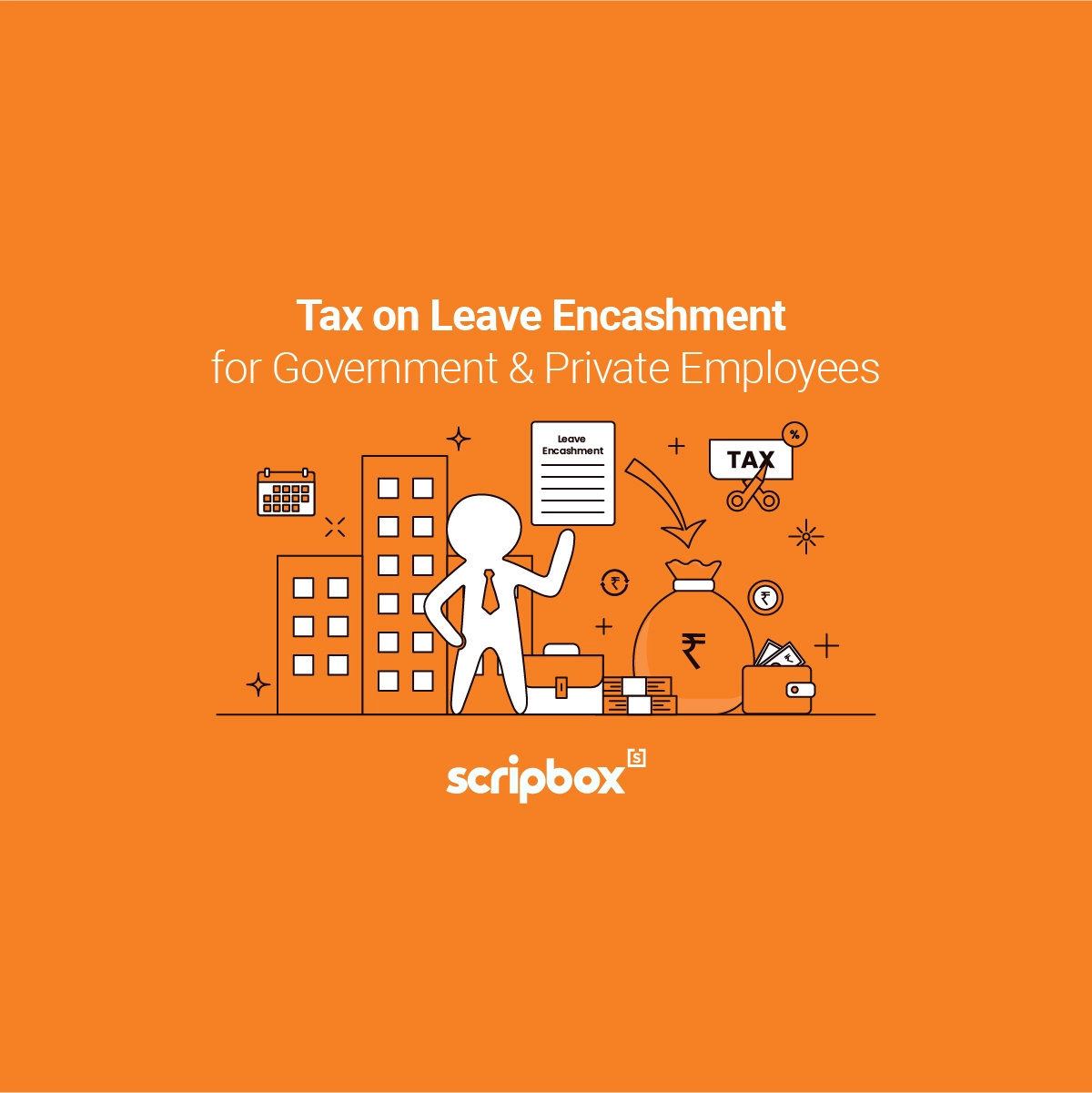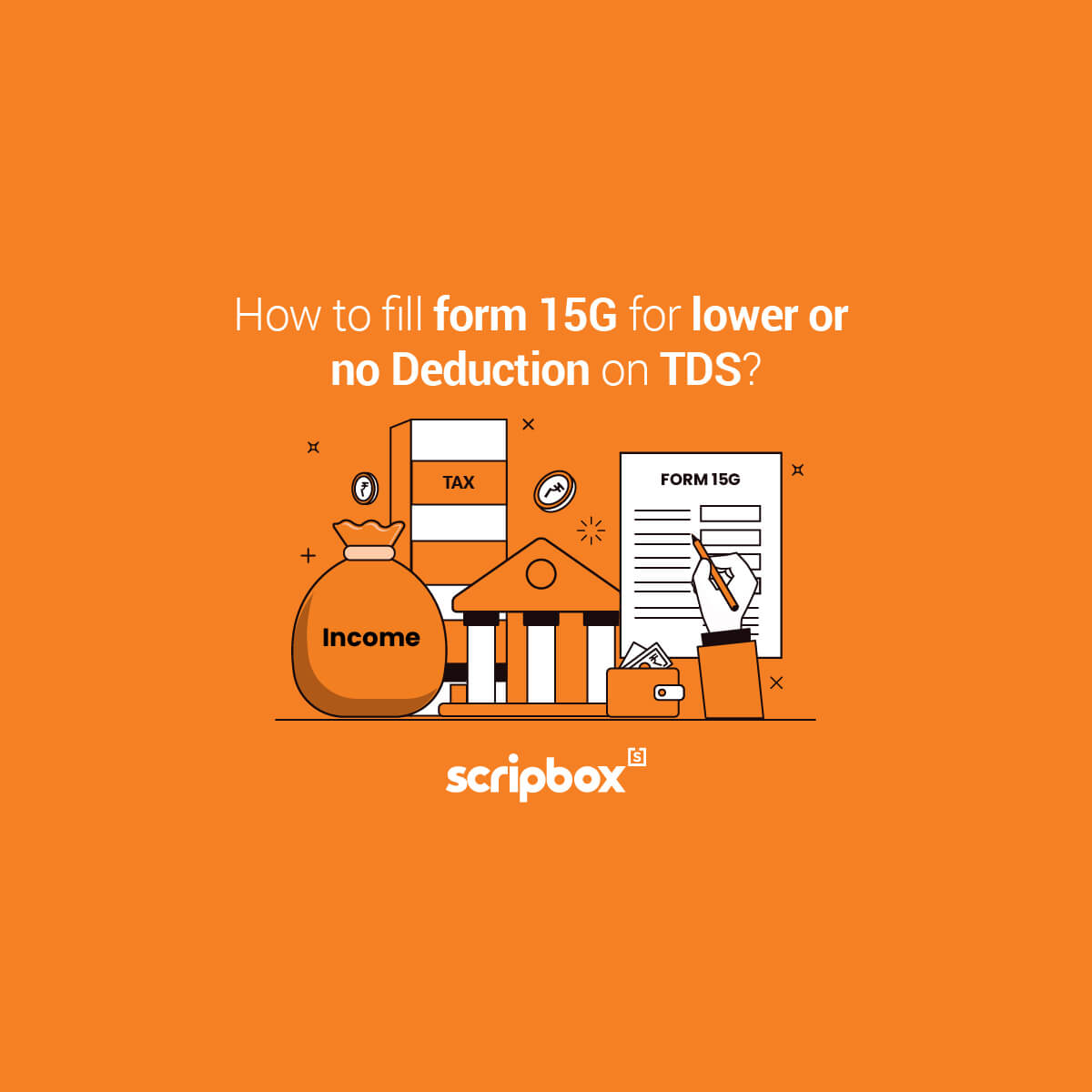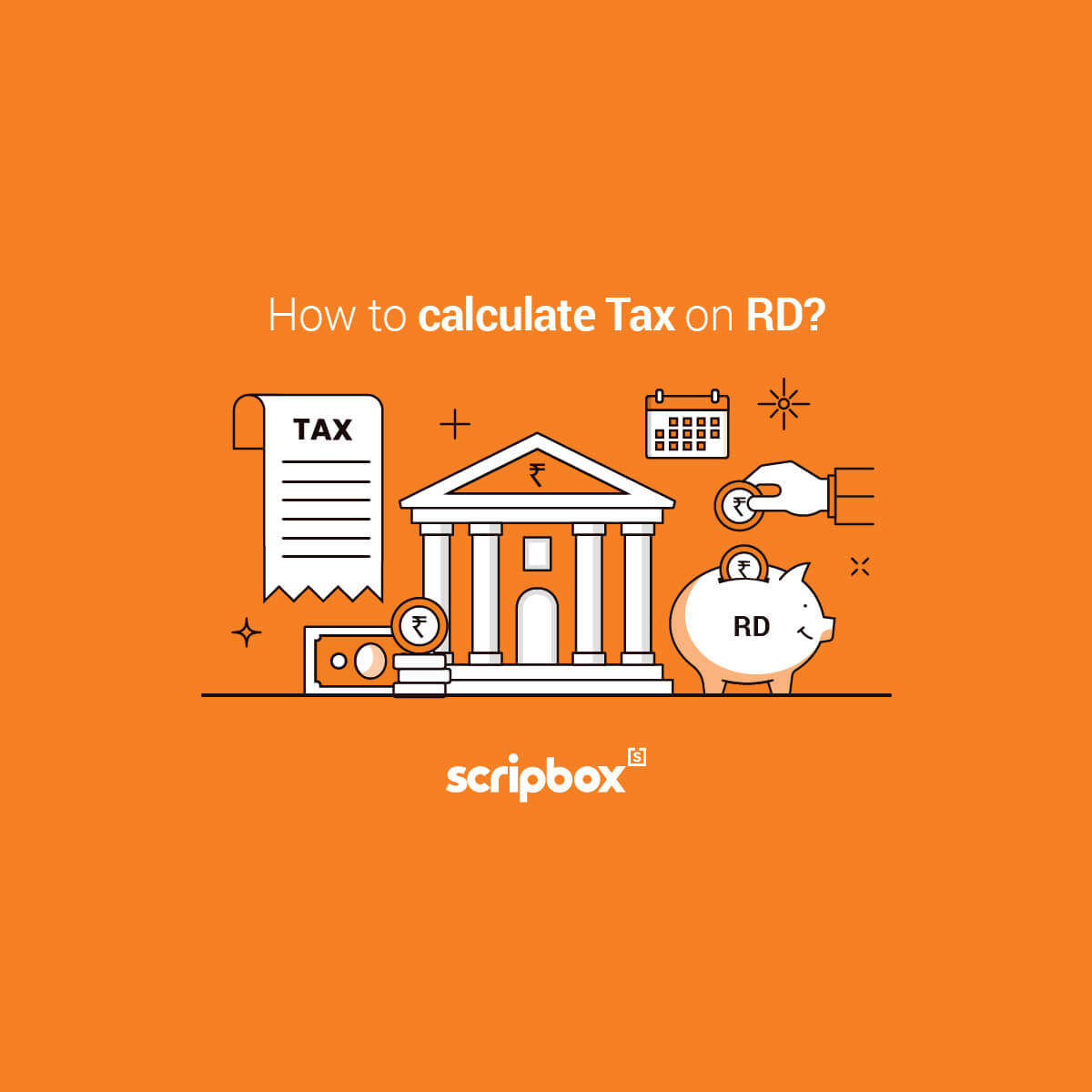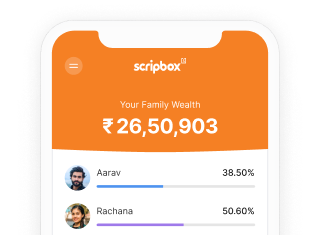Budget Feb 1, 2023 (Income tax slab updates)
1) Income tax exemption limit increased from Rs 2.5 lakh to Rs 3 lakh
2) Tax Rebate under section 87A increased from Rs 5 lakh to Rs 7 lakh
3) Going forward, the new income tax regime is the default tax regime. However, the taxpayers will have the option to continue with the old income tax regime.
Income Tax Slabs as per New Regime for FY 2023-24 (AY 2024-25)
| Annual Income Slab | Income Tax Rate (New Regime) |
| 0 – 3 Lakhs | 0% |
| 3 Lakhs – 6 Lakhs | 5% |
| 6 Lakhs – 9 Lakhs | 10% |
| 9 Lakhs – 12 Lakhs | 15% |
| 12 Lakhs – 15 Lakhs | 20% |
| Above 15 Lakhs | 30% |
Income Tax Slabs as per New Regime for FY 2022-23
| Income Tax Slab | Income Tax Rate |
| Upto Rs 2.5 lakh | Nil |
| Rs 2.5 – Rs 5 lakh | 5% |
| Rs 5 – Rs 7.5 lakh | 10% |
| Rs 7.5 – Rs 10 lakh | 15% |
| Rs 10 – Rs 12.50 lakh | 20% |
| Rs 12.5 – Rs 15 lakh | 25% |
| > Rs 15 lakh | 30% |
Income Tax Slabs According to Old Regime
| Old Tax Slabs | Tax Rates (<60 year Age) | Tax Rates (>60 Year Age) | Tax Rates ( >80 years Age) | Tax Rates (HUF) |
| Upto Rs 2.5 lakh | NIL | NIL | NIL | NIL |
| Rs 2.5 – Rs 3 lakh | 5% | 5% | NIL | NIL |
| Rs 3 – Rs 5 lakh | 5% | 5% | 5% | NIL |
| Rs 5 – Rs 7.5 lakh | 20% | 10% | 10% | 20% |
| Rs 7.5 – Rs 10 lakh | 20% | 15% | 15% | 20% |
| Rs 10 – Rs 12.50 lakh | 30% | 20% | 20% | 30% |
| Rs 12.5 – Rs 15 lakh | 30% | 25% | 25% | 30% |
| > Rs 15 lakh | 30% | 30% | 30% | 30% |
Note:
if the net annual income is under 5 lakh, rebate under section 87A is allowed and is limited to Rs. 12,500. This means that if the total tax liabilities is less than Rs.12,500, no tax is required to be paid.
The amount of tax payable by an individual as per the above slab rate will be increased by health and education cess on income tax of 4%
Furthermore, the above slab rate in India comes with a few restrictions. An individual has to let go of tax benefit or tax benefit and tax exemption to opt for the new tax regime. Like an individual taxpayer cannot claim deductions under section 80C, section 80D, section 80E etc
Budget 2023, provides an option to choose between a new-tax regime or continue with the old-tax regime. The tax rate for FY 2023-24 is different on the basis of the regime chosen by the individual. You can use Scripbox’s income tax calculator and estimate the tax liabilities under the old as well as new tax regime. Our income tax calculator is a simple and easy to use online tool.
Tax Exemptions and Deductions
There are about 70 exemptions and deductions that investors can leverage to reduce their total taxable income. For the new tax regime, there are no deductions and exemptions available. The following are some popular exemptions and deductions that investors can claim under the old tax regime but not under the new tax regime:
- House Rent Allowance (HRA)
- Leave Travel Allowance (LTA)
- Conveyance Allowance
- Helper Allowance
- Relocation Allowance
- Professional Tax
- Special Allowance
- Interest on housing loan allowed under section 24
- Deductions under Section 80C, Section 80D, 80E, etc. However deductions under Section 80CCD(2) can still be claimed.
The option to choose between the new and the old tax regime should be exercised before the due date of filing of income tax returns.
The tax calculated as per the above income tax slab rates will be increased by a health and education cess on income tax of 4%.
Income Tax Slabs for New vs Old Tax Regime
Since the income tax slab and tax rate is different for taxpayers, the resulting tax payable amount differs under each option. Moreover, under the new tax regime, the taxpayer cannot claim certain allowances and tax deductions. Hence, it is crucial to plan your taxes and select the option wisely. The following illustration explains how to calculate the tax payable under each tax regime.
Details of Income earned During the Year and Investments Made
| Particulars | Amount |
| Income From Salary | Rs 9,00,000 |
| Investment in ELSS | Rs 1,50,000 |
| HRA to be Claimed | Rs 1,00,000 |
| Interest on Housing Loan | Rs 2,00,000 |
Computation of Net Tax Payable Under Both Tax Regimes (FY 22-23)
| Particulars | Old Tax Regime | Particulars | New Tax Regime |
| Gross Salary | ₹900,000 | Gross Salary | ₹900,000 |
| HRA | ₹100,000 | HRA | NA |
| Standard Deduction | ₹50,000 | Standard Deduction | ₹0 |
| Net Salary | ₹750,000 | Net Salary | ₹900,000 |
| Less: Tax Deductions | Less: Tax Deductions | ||
| Section 80C- ELSS | ₹150,000 | Section 80C- ELSS | NA |
| Section 24- Interest on Housing Loan | ₹200,000 | Section 24- Interest on Housing Loan | NA |
| Taxable Income | ₹400,000 | Taxable Income | ₹900,000 |
| Tax Payable | Tax Payable | ||
| Upto Rs 2.5 lakh | Nil | Upto Rs 2.5 lakh | ₹0 |
| Rs 2.5 – Rs 3 lakh | ₹2,500 | Rs 2.5 – Rs 5 lakh | ₹12,500 |
| Rs 3- Rs 5 lakh | ₹5,000 | Rs 5 – Rs 7.5 lakh | ₹25,000 |
| Rs 5 – Rs 7.5 lakh | Nil | Rs 7.5 – Rs 10 lakh | ₹22,500 |
| Rs 7.5 – Rs 10 lakh | Nil | Rs 10 – Rs 12.5 lakh | NA |
| Total | ₹7,500 | Rs 12.5 – Rs 15 lakh | NA |
| Less: Tax Rebate u/s 87A | ₹7,500 | Above Rs 15 lakh | NA |
| Tax Payable | Nil | Total | ₹60,000 |
| Less: Tax Rebate u/s 87A | 0 | ||
| Tax Payable | ₹60,000 |
Computation of Net Tax Payable Under Both Tax Regimes (FY 23-24)
| Particulars | Old Tax Regime | Particulars | New Tax Regime |
| Gross Salary | ₹900,000 | Gross Salary | ₹900,000 |
| HRA | ₹100,000 | HRA | NA |
| Standard Deduction | ₹50,000 | Standard Deduction | ₹50,000 |
| Net Salary | ₹750,000 | Net Salary | ₹850,000 |
| Less: Tax Deductions | Less: Tax Deductions | ||
| Section 80C- ELSS | ₹150,000 | Section 80C- ELSS | NA |
| Section 24- Interest on Housing Loan | ₹200,000 | Section 24- Interest on Housing Loan | NA |
| Taxable Income | ₹400,000 | Taxable Income | ₹850,000 |
| Tax Payable | Tax Payable | ||
| Upto Rs 2.5 lakh | Nil | Upto Rs 3 lakh | ₹0 |
| Rs 2.5 – Rs 3 lakh | ₹2,500 | Rs 3 – Rs 6 lakh | ₹15,000 |
| Rs 3- Rs 5 lakh | ₹5,000 | Rs 6 – Rs 9 lakh | ₹25,000 |
| Rs 5 – Rs 7.5 lakh | Nil | Rs 9 – Rs 12 lakh | NA |
| Rs 7.5 – Rs 10 lakh | Nil | Rs 12– Rs 15 lakh | NA |
| Total | ₹7,500 | Above Rs 15 lakh | NA |
| Less: Tax Rebate u/s 87A | ₹7,500 | Total | ₹40,000 |
| Tax Payable | Nil | Add: Higher Education Cess @4% | ₹1,600 |
| Tax Payable | ₹41,600 |
Taxation of Companies
Domestic Company
A domestic company means an Indian company, which has been formed under the Companies Act 2013, or the erstwhile Companies Act 1956 and has its registered office in India.
Domestic companies can further be divided into two groups:
- Closely-held companies
- Widely-held companies
For both categories of companies, taxation will be based on the below criteria:
If the company opts to be taxed as per the old income tax regime:
| Total Income | Tax Rate |
| a) If the total turnover or gross receipts of the previous year 2018-19 does not exceed Rs. 400 crore b) In all other cases | 25% 30% |
| Certain manufacturing domestic companies opting to be taxed under section 115BA. Note: Conditions mentioned under 115BA(2) are to be satisfied, such as deductions and incentives are disallowed. a) The company has been registered and set-up on or after 01.03.2016. b) Company is engaged in the business of manufacturing of any article or thing. c) The total income shall be computed without considering the deductions u/s 10AA, 32AC, 32AD etc. | 25% |
Applicable Surcharge under the old income tax regime:
| Total Income of the domestic company | Surcharge Rate |
| Total income is greater than Rs, 1,00,00,000 but less than Rs. 10,00,00,000 | 7% |
| Total income is greater than Rs, 10,00,00,000 | 12% |
Health and Education Cess on Income Tax:
Health and Education Cess to be levied @4% on income tax amount inclusive of surcharge.
If the company opts to be taxed as per the new regime as per section 115BBA
| Total Income | Tax Rate |
| a) If the total turnover or gross receipts of the previous year 2018-19 does not exceed Rs. 400 crore b) In all other cases Note: Conditions specified under section 115BAA are to be satisfied. No deductions and incentives are to be allowed | 22% |
The surcharge is applicable @10% irrespective of the fact whether the total net income is less than or more than 1 crore. This will be further increased by a Health & Education Cess of 4%.
If the company opts to be taxed as per the new regime as per section 115BAB
| Criteria | Tax Rate |
| Below are the conditions that need to be satisfied in order for the domestic company to opt for this section: a) The domestic company should be a manufacturing entity set up and registered on or after 01.10.2019 b) The manufacturing business should be commenced on or before 31.03.2023 c) The company should not be engaged in any business other than the business of manufacturing. d) The total income of the company has been computed without considering the deductions u/s 10AA, 32AD, 33AB, etc. | 25% |
The surcharge is applicable @10% irrespective of the fact whether the total net income is less than or more than 1 crore. This will be further increased by a Health & Education Cess of 4%.
Income Tax Slab Rates for FY 2021-22
| Old Tax Regime | New Tax Regime | ||
| Income Tax Slab | Income Tax Rate | Income Tax Slab | Income Tax Rate |
| Up to ₹ 2,50,000 | Nil | Up to ₹ 2,50,000 | Nil |
| ₹ 2,50,001 – ₹ 5,00,000 | 5% above ₹ 2,50,000 | ₹ 2,50,001 – ₹ 5,00,000 | 5% above ₹ 2,50,000 |
| ₹ 5,00,001 – ₹ 10,00,000 | ₹ 12,500 + 20% above ₹ 5,00,000 | ₹ 5,00,001 – ₹ 7,50,000 | ₹ 12,500 + 10% above ₹ 5,00,000 |
| Above ₹ 10,00,000 | ₹ 1,12,500 + 30% above ₹ 10,00,000 | ₹ 7,50,001 – ₹ 10,00,000 | ₹ 37,500 + 15% above ₹ 7,50,000 |
| ₹ 10,00,001 – ₹ 12,50,000 | ₹ 75,000 + 20% above ₹ 10,00,000 | ||
| ₹ 12,50,001 – ₹ 15,00,000 | ₹ 1,25,000 + 25% above ₹ 12,50,000 | ||
| Above ₹ 15,00,000 | ₹ 1,87,500 + 30% above ₹ 15,00,000 |
Income Tax Slab Rates for FY 2020-21
| Old Tax Regime | New Tax Regime | ||
| Income Tax Slab | Income Tax Rate | Income Tax Slab | Income Tax Rate |
| Up to ₹ 2,50,000 | Nil | Up to ₹ 2,50,000 | Nil |
| ₹ 2,50,001 – ₹ 5,00,000 | 5% above ₹ 2,50,000 | ₹ 2,50,001 – ₹ 5,00,000 | 5% above ₹ 2,50,000 |
| ₹ 5,00,001 – ₹ 10,00,000 | ₹ 12,500 + 20% above ₹ 5,00,000 | ₹ 5,00,001 – ₹ 7,50,000 | ₹ 12,500 + 10% above ₹ 5,00,000 |
| Above ₹ 10,00,000 | ₹ 1,12,500 + 30% above ₹ 10,00,000 | ₹ 7,50,001 – ₹ 10,00,000 | ₹ 37,500 + 15% above ₹ 7,50,000 |
| ₹ 10,00,001 – ₹ 12,50,000 | ₹ 75,000 + 20% above ₹ 10,00,000 | ||
| ₹ 12,50,001 – ₹ 15,00,000 | ₹ 1,25,000 + 25% above ₹ 12,50,000 | ||
| Above ₹ 15,00,000 | ₹ 1,87,500 + 30% above ₹ 15,00,000 |
Frequently Asked Questions
In India, individual taxpayers are taxed under a slab system where tax rates increase with an increase in income. This type of tax system is progressive and fair. Slab rates change annually in the budget and vary for different categories of taxpayers, including individuals under 60, resident senior citizens aged 60 to 80, and resident super senior citizens over 80.
No, it is not mandatory to opt for the new tax regime. Moreover, the income tax department will not automatically choose a tax regime for the taxpayer. The taxpayer must select which tax regime is most suitable and opt for it accordingly.
No, tax deduction section 80C is not applicable under the new tax regime.
No, the income tax return is not different under the new tax regime. Moreover, the only difference under the new tax regime is the tax slab and related deductions.
Yes, the income tax slab is different for different age groups of taxpayers. The tax slab is different for taxpayers within 60 years of age, between 60 and 80 years of age, and above 80 years of age.
Recommended Read: Form 13 in Income Tax
Related Articles
- Income Tax Slabs as per New Regime for FY 2023-24 (AY 2024-25)
- Income Tax Slabs as per New Regime for FY 2022-23
- Income Tax Slabs According to Old Regime
- Income Tax Slabs for New vs Old Tax Regime
- Taxation of Companies
- Income Tax Slab Rates for FY 2021-22
- Income Tax Slab Rates for FY 2020-21
- Frequently Asked Questions


















Show comments